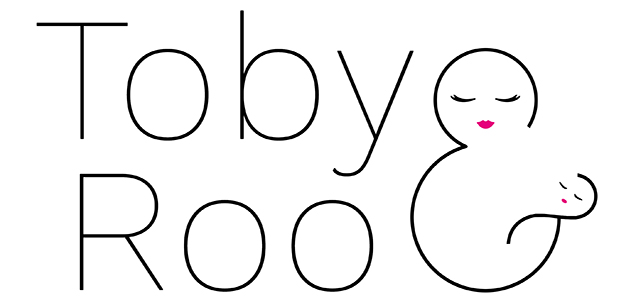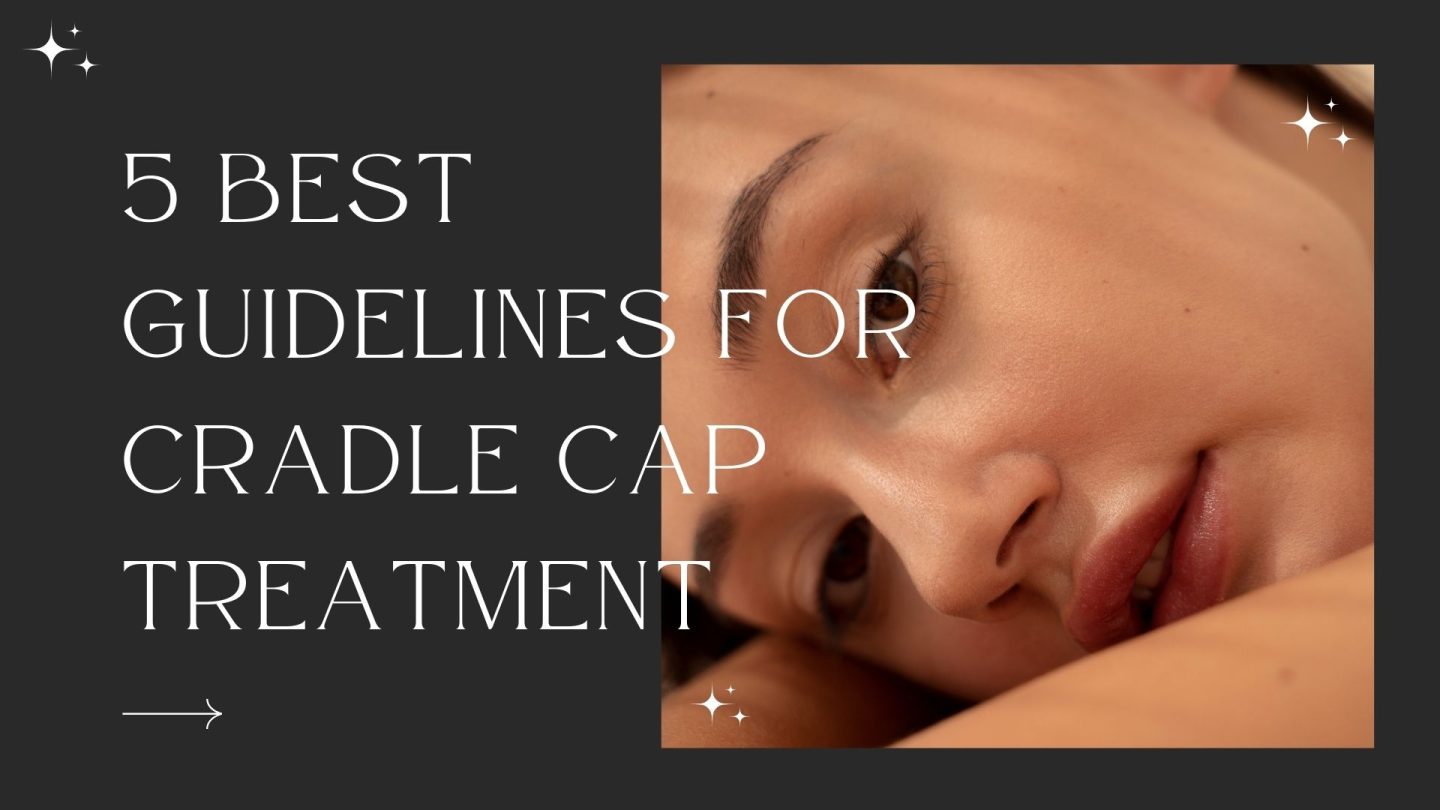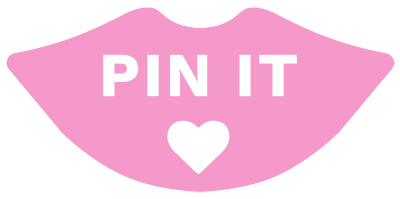Cradle cap (Seborrheic Dermatitis) is often considered a harmful skin disease, but the opposite is true. Unlike eczema, milia, or other common skin conditions in babies, it cannot damage or cause long-term effects on the skin.
Unless you are over-concerned with those yellowish flakes on your baby’s scalp, you can safely ignore these symptoms and let them go away on their own.
Still, we are here to guide you on the treatment of cradle cap. Keep in mind it is not a daunting task.
It is as simple as feeding your child. But we recommend you wait a while and let it fade.
Read this article to learn when to get the treatment and some guidelines about seborrheic dermatitis.
When to get treatment?
Knowing more about this condition is better because a moderate cradle cap doesn’t need treatment. You will see these symptoms if it is in mild form:
- Yellowish or white flakes on the scalp
- Flakes on other body parts (armpits, skin folds, elbow creases, diaper area, behind ears, and face)
- Dryness
- Mild smell
- Skin Patches or scales
Those symptoms do not need to be cured. However, read the guidelines for cradle cap treatment if you see any of these conditions:
- If it bothers your child and causes distress
- Pains or itch frequently
- If there is an infection
- If the symptoms start spreading to other body parts
- Bad odor
- Inflammation or redness
- Skin bleeding
If any of these factors are in your baby, read the below guidelines.
Guidelines for cradle cap treatment
We recommend following all the methods listed below to get the best treatment.
There will be no need for a further cure, but if the condition worsens or doesn’t improve within a few days or weeks, consult a doctor for personalized medication.
These guidelines are highly effective and proven for mild to severe symptoms if appropriately implemented.
- Moisturize often
The cradle cap often comes with bothering dryness. The best way to address this issue is to use a moisturizing cream, lotion, gel, or natural oil.
In the case of oils, use coconut or almond oil. Avoid olive oil because it is strong for the baby’s delicate skin. However, before using other oils or creams, discussing them with your pediatrician is better.
Apply moisturizer to the scalp and other affected areas. Massage the baby’s skin in a circular motion for a few minutes to soothe it. Leave the moisturizer on for a while, and then rinse thoroughly.
Do this daily, and you will see visible results. However, this may not be the complete treatment.
- Use a brush
Instead of picking those pesky flakes with your fingers, use a brush to remove them.
We recommend a specialized brush created for cradle cap flake removal.
Use the brush before or during a bath to remove flakes. Note that you have to rub the brush gently. You may not be able to get rid of all flakes, but it is completely okay.
Don’t try to rub hard. It can damage hair follicles. Don’t be confused if all flakes don’t get removed or come again because this is not the complete treatment.
- Give enough bath
This is a crucial aspect. Keeping the skin clean will help avoid various issues.
Whether your baby is dealing with cradle cap or not, managing a bath routine is a must-do aspect.
However, how many baths you should give your child depends on the age and conditions.
If your baby gets dirty often, you can give him/her a daily bath. Newborns don’t often get dirty, so they do not need to bathe. The optimal routine is two baths a week.
Use a good shampoo to loosen flakes. After the bath, use a moisturizer to moisturize your baby’s skin.
- Medicated shampoo
This is going to be the most effective aspect of overall treatment. Note that a medically approved shampoo for cradle cap is enough for its treatment.
To prove it, squeeze a small amount of shampoo on your hand and rub your baby’s scalp. Being a body wash, it can be applied to any body part.
Even if your baby doesn’t get cradle cap on specific parts, you can still use this shampoo there because it is made for sensitive skin.
Massage the area for a while before rinsing thoroughly. Use this shampoo in two baths within a week.
The treatment of cradle cap is now completed except for one thing, which is following preventive measures.
- Follow preventive measures
Preventions are sometimes more effective than treatment. Some diseases are not curable yet. Still, they can be managed with precautionary measures.
Cradle cap can be treated easily, but it is highly recommended to prevent those things that may induce flare-ups. Also, it will boost the treatment procedure. Keep in mind these aspects:
- Keep your baby away from frequent exposure to sunlight and heat.
- Avoid sweating. Wash your baby’s skin if it sweats to avoid possible bacterial infection.
- Do not expose your baby to irritants and allergens.
- Do not use fragrances, soaps, and harsh chemicals.
- Do not scratch or pick flakes with your finger.
- Keep bath timing short and use tepid water.
- Moisturize your baby often to avoid dryness.
Wrapping up
Cradle cap is often harmless, and it is a very common condition. Around 70% of babies of the age of 3 months get affected by it.
Some other skin conditions also mimic its symptoms. You can easily diagnose it by looking for the symptoms described in this article.
It is completely safe to ignore those flakes and let them go away without treatment. For severe symptoms, use a brush and give your baby enough baths.
Use a medicated shampoo for finalizing treatment. Follow preventive measures to secure the treatment.
If you have implemented this strategy, you are done with its treatment. If that does not work, consult a doctor for professional treatment. I hope these guidelines helped you a lot.




